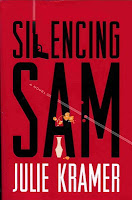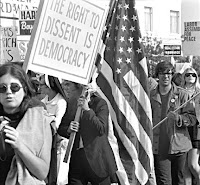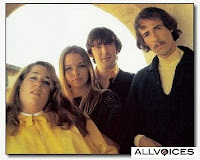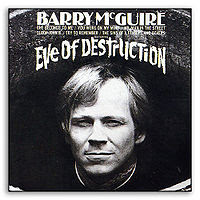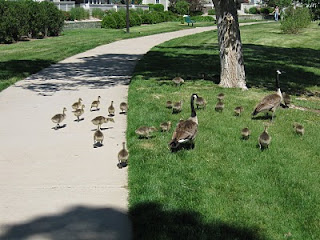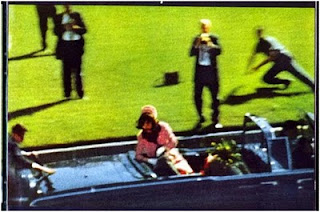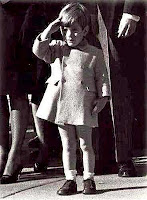 By Mark W. Danielson
By Mark W. DanielsonThere’s an old saying that when you have your health, you have everything. Ben Small's post this week confirms how illness can affect your moods. The worse your physical condition, the more irrational and emotional you become. Think how rabid animals act, and then multiply this several times over for terminally or mentally ill people. If they are angry at the world and have nothing to live for, you have a recipe for disaster . . .
 Sick killers leave sick crime scenes because they have lost their sense of morality. In an instant, minor annoyances can trigger violent and irrational behavior. Charles Manson and his followers proved this when they gruesomely murdered Sharon Tate.
Sick killers leave sick crime scenes because they have lost their sense of morality. In an instant, minor annoyances can trigger violent and irrational behavior. Charles Manson and his followers proved this when they gruesomely murdered Sharon Tate.
Emotion also plays an enormous role in murders committed by sick people, which is why passionate crimes tend to be particularly gory. Think about Jack Nicholson’s infamous character in The Shining. The longer Nicholson's psychosis continued, the more frustrated he became, and the more determined he was to complete his murderous task. Death came to anyone who got in his way. His character was dead-on for people in desperate situations.
But even prescription medication can affect a person’s moods and rational thought. People who blow off their prescription warning labels are setting themselves up. Whether they commit a crime or become a crime victim matters not; taking drugs can impair their judgment and permanently change their lives.
 Sick killers leave sick crime scenes because they have lost their sense of morality. In an instant, minor annoyances can trigger violent and irrational behavior. Charles Manson and his followers proved this when they gruesomely murdered Sharon Tate.
Sick killers leave sick crime scenes because they have lost their sense of morality. In an instant, minor annoyances can trigger violent and irrational behavior. Charles Manson and his followers proved this when they gruesomely murdered Sharon Tate.Emotion also plays an enormous role in murders committed by sick people, which is why passionate crimes tend to be particularly gory. Think about Jack Nicholson’s infamous character in The Shining. The longer Nicholson's psychosis continued, the more frustrated he became, and the more determined he was to complete his murderous task. Death came to anyone who got in his way. His character was dead-on for people in desperate situations.
But even prescription medication can affect a person’s moods and rational thought. People who blow off their prescription warning labels are setting themselves up. Whether they commit a crime or become a crime victim matters not; taking drugs can impair their judgment and permanently change their lives.

Of course, alcohol and other mind-altering drugs will numb the brain and dull the senses. Too many people have committed acts of stupidity and/or become crime victims because they were doped up. Some drugs alter minds so deeply that the police must resort to using taser guns to contain them. If you're walking down the street and see someone with crazy eyes, avoid them at all cost.

The lesson here is that your murderous characters are likely to be affected directly or indirectly by any of these elements. As such, they are worth mentioning in your story. Novelists have a responsibility to enlighten their readers with reasons for their characters' behavior. The more your readers understand this, the more believable your story, and the more they can relate, the more likely they are to buy your next book.
One last thought -- if you're writing while you're ill, realize that while it may not be your best work, but it may provide some valuable insight into your characters' flaws.




